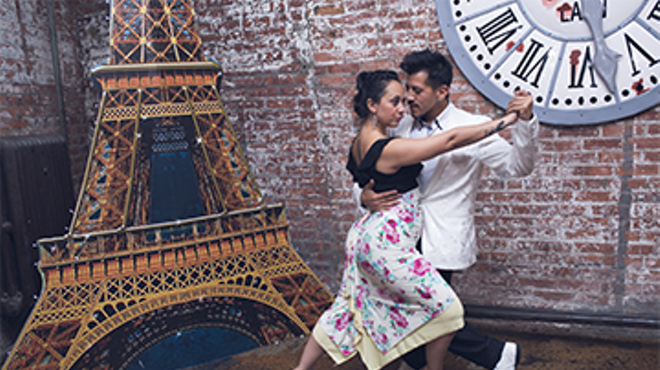If the ink is dry, read it.
If the ink is not dry, wait a bit.
[Hint: If the poem is in a book,
the ink is dry and it is safe to proceed.]
When you look it over for the first time,
read only the words present for duty.
Ignore the others, the ones in your head,
but not on the page.
[Hint: The words on the page appear against their will.
The poet did not consult them, or the ones he left out.
Do not be confused. Words are not the victim here.]
Run through the poem again
and ponder its meaning.
Does it make you feel happy?
Then it's a happy poem.
Does it make you feel confused?
Then you are stupid, or the poet is.
Blame the poet.
[Hint: If poet is in the room with you,
don't worry about his feelings.
Tell him to leave. Be firm about this.]
If the last hint seems cruel, consider,
if a frog had pockets in his vest,
he'd require origami skills to fold a letter
from his mother small enough to it put away.
When he took it out, he would find
the creases had rendered it illegible.
[Hint: This is the frog's problem. Not yours.]
I have been less than honest.
When I told you it was safe to proceed,
I lied. Poetry is never safe.
I also said, Words are not the victim here,
and you probably inferred the poet was.
Not so. You are.
Finally, frogs don't have vests,
or pockets in them. They do have wings.
However, they are vestigial,
too small to support them in flight.
Which is why every time a frog jumps,
he bumps his butt.
Good luck with the poem.
I'll be in the next room.












